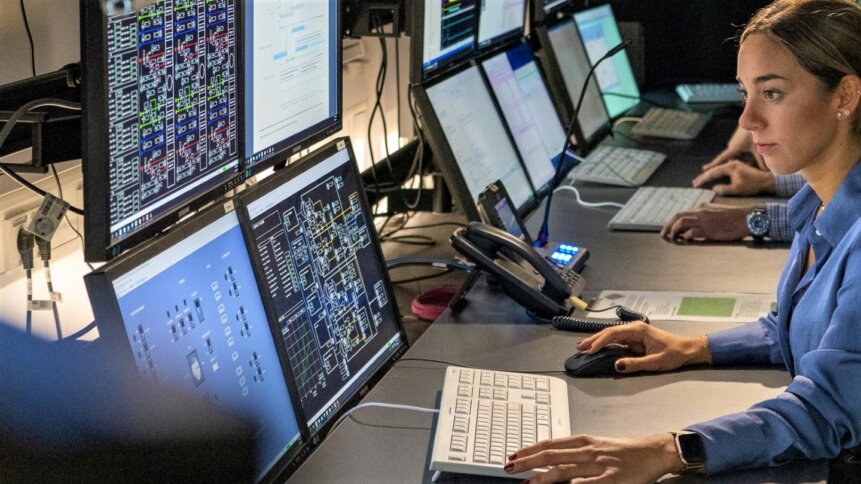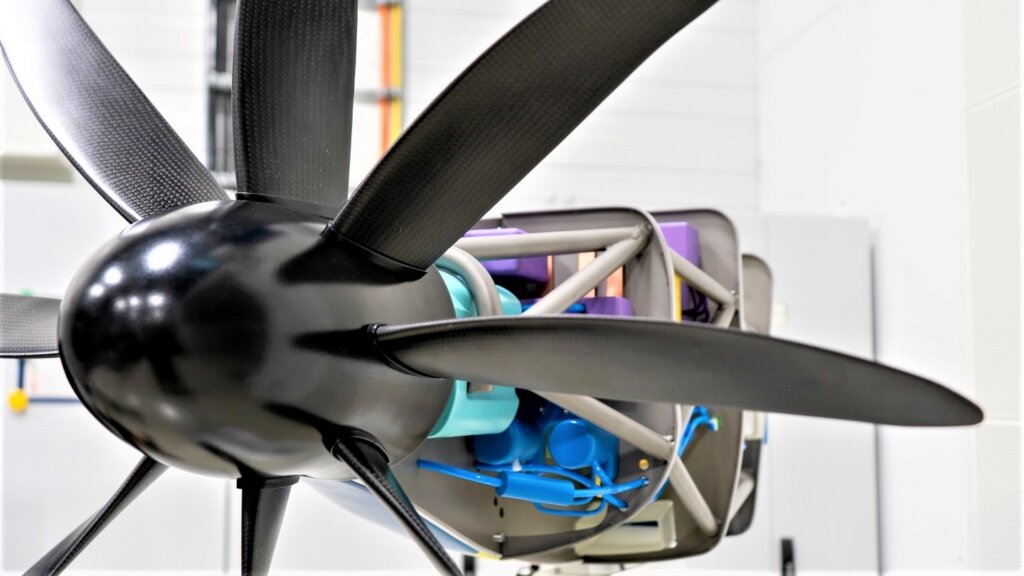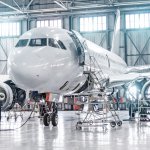Hydrogen aviation plans zero-emission journey

|
Getting your Trinity Audio player ready...
|
Advances in online meeting technology and a workforce that’s become used to remote working aren’t great news for business air travel. Even when face-to-face meetings are essential – for example, if big money is at stake and executives need to look each other in the eyes – aviation may no longer be top of the transport list. For shorter distances, high-speed trains can match, or even beat, door-to-door travel times. And electric rail links have the advantage of reduced carbon emissions too. But hydrogen aviation plans by plane manufacturers and flight operators could turn things around.
In Toulouse – a city famous for rugby, sausages, and aviation – its airport already boasts hydrogen-powered buses. The switch to green hydrogen power helps to decarbonize transportation on the ground, but it also provides a working laboratory to test and further develop necessary infrastructure. Speaking at a roundtable event organized to highlight Toulouse’s role in pioneering hydrogen-based technologies and green mobility in Europe, Benjamin Fevre (who’s in charge of hydrogen development in the region at HyDeO – Hydrogène Développement Occitanie) shared some of the details.
The green Occitania plan makes available EURO 150 million of investment to support the creation and deployment of new hydrogen solutions. Achievements so far include a 1 MW hydrolyzer, which is capable of producing 400 kg of green hydrogen per day. At the airport, the facility provides the buses with their sustainable fuel. And ambitions include planes too, starting with light aircraft. The area has a strong aviation focus and is home to a major Airbus manufacturing facility, one of the largest industrial sites in Europe.
“There are more than 100 pure-players in hydrogen in the region, with some of the biggest in Toulouse,” Fevre explained in the roundtable call. Aircraft manufacturers are drawing on hydrogen expertise to help decarbonize the aviation industry, which is necessary to meet climate targets. Zero-emission flights could also boost the appeal of air transport, as travelers are made more aware of their carbon footprints. Latest figures from the International Air Transport Association (IATA) indicate that passenger recovery continued throughout 2022. However, revenue passenger kilometers (a key metric for the industry) remain below pre-pandemic levels.
Entry point for hydrogen aviation
Ground services appears to be a popular starting point for hydrogen’s entry into the aviation sector. As well as Toulouse, Saudi Arabia’s King Fahd International Airport, and Manchester Airport in the UK are just a couple of other examples of facilities taking steps in this direction. Plus, there’s a raft of other operators who are engaging in feasibility studies to prepare for hydrogen aviation takeoff. Short-haul flights will come first, and could become more common over the next decade.
Universal Hydrogen – whose list of investors includes American Airlines, Tencent, Toyota Ventures, and others – makes a conversion kit to simplify the transition. And Blue Islands, a flight operator that flies between the Channel Islands and the UK, has announced that it plans to buy five of the firm’s Hydrogen ATR 72 conversion kits. Other regional aircraft operators are interested too, and the kit also allows the De Havilland Canada Dash-8, to fly on hydrogen. The modular setup consists of a fuel cell electric powertrain, which replaces the plane’s existing turboprop system.
Hydrogen fuel cells have merit as they can also drive the aircraft’s electronic systems. But some manufacturers, such as Rolls Royce, are developing engines that can run on hydrogen directly. According to the firm, the limited power density of fuel cells means that turbines capable of running on sustainable aviation fuel, which includes hydrogen as well as biofuel options, remain the most likely choice for aircraft flying longer distances.
“Per kilogram, hydrogen contains around three times the energy of jet fuel, and around 200 times that of a current lithium-ion battery,” explains John Beasley, who leads the Aviation Advisory team at consultancy firm, ARUP. “Its drawback is that, despite not weighing much, even when liquefied, it requires around four-times as much space per unit of energy than jet fuel.”

Green tech: a model of a fuel cell engine being considered by aircraft manufacturers. Image credit: Airbus.
Today, many aircraft store fuel in their wings, which is beneficial on a number of counts. It places the fuel near the engines, minimizing pumping requirements. The location is also favourable in terms of balancing the aircraft, as the wings are situated near the plane’s center of gravity. However, accommodating hydrogen tanks could require a redesign.
Airbus has revealed a range of aircraft concepts, collectively known as ‘ZEROe’, that feature hydrogen propulsion. And the European plane manufacturer has patented a six-engine pod configuration that it believes could drive a high-wing 100-seat regional airliner. The integration of clean-burning green hydrogen, made from renewable energy, on a global scale represents a huge undertaking for the industry, but the crystal clear benefits of hydrogen aviation make the investment worthwhile.









